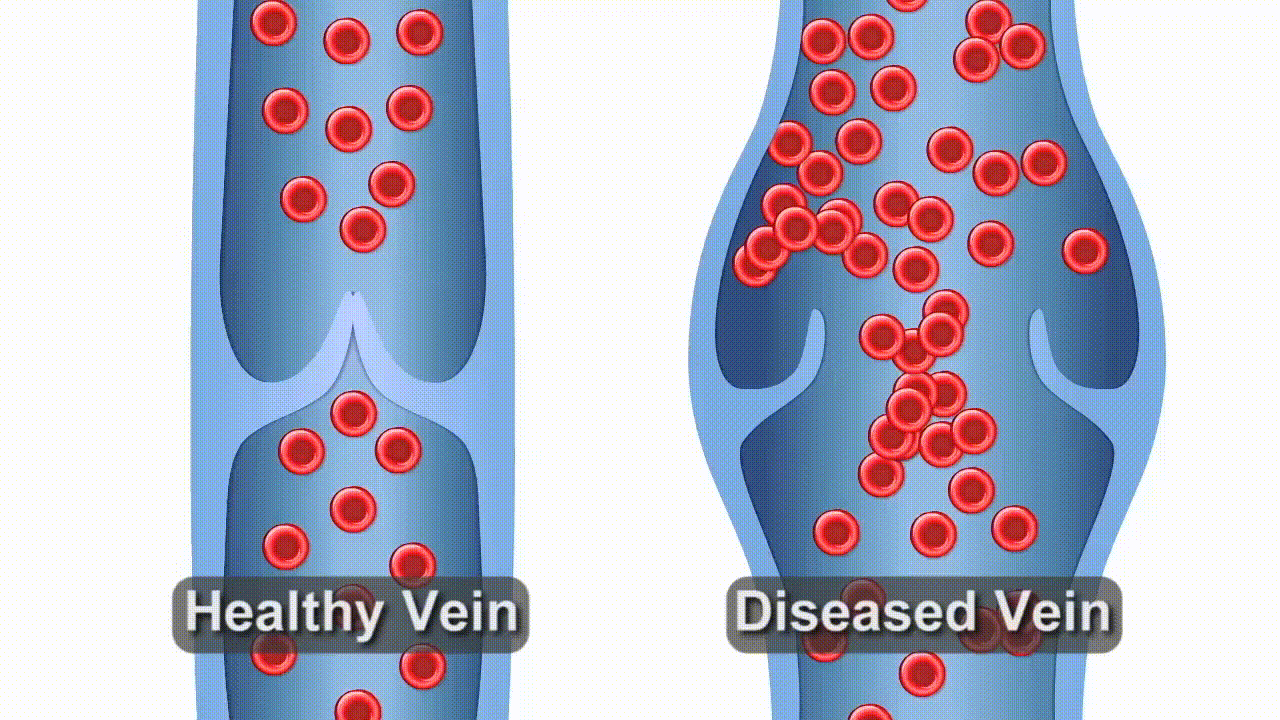 Superficial Venous Thrombosis
Superficial Venous Thrombosis
Superficial Venous Thrombosis, or SVT is the clotting off of a vein just under the skin, usually in a varicose vein. When the valves of a vein become faulty the blood does not drain properly from that vein, and this “stagnant” blood has a tendency to clot. This leads to a hard, red, tender vein. Though not usually a significant medical issue, they are quite painful and can, on occasion, lead to more serious issues such as Deep Venous Thrombosis. Treatment usually consists of warm compresses, non-steriodal pain and anti inflammation medication such as ibuprofen, and time. Because of the association with DVT, patients who are diagnosed with SVT should receive an ultrasound exam of the leg to rule this out.
Deep Venous Thrombosis
Deep venous Thrombosis, or DVT, is a condition where a clot forms in a deeper vein of the body, often in the legs. These clots are more of a concern because they can damage the valves of these major veins, leading to chronic pain and swelling ( a condition called post-phlebitic syndrome), and they have a higher chance of breaking off and going to other areas of the body, usually the lungs, leading to a pulmonary embolus, or PE, which is a much more serious health problem. DVT is generally treated with a blood thinning medication.

What Are the Symptoms of DVT?
Symptoms of a DVT include:
- Swelling in the involved leg
- Pain
- Redness of the skin
- Heaviness
- Chest Pain or Shortness of Breath
If you or your healthcare provider feel that you may have a DVT you need to get an ultrasound of your legs immediately.